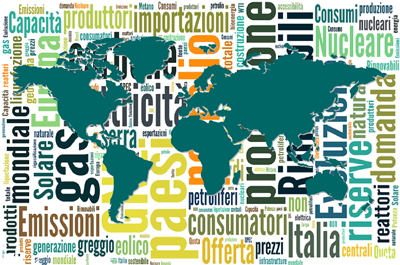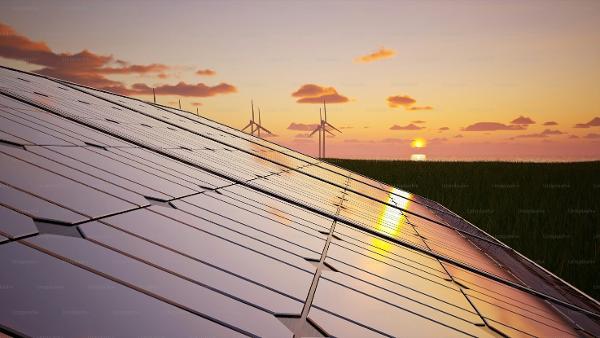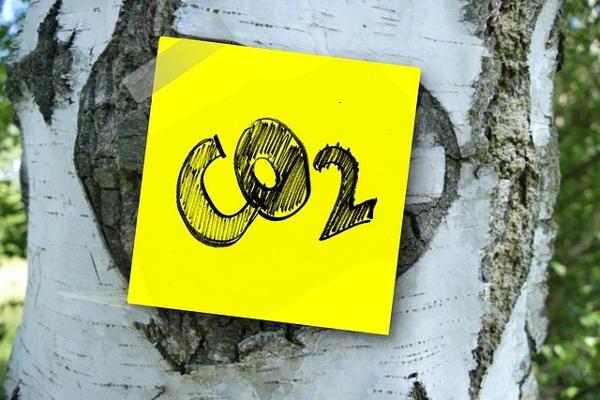The IGU has recently welcomed the IEA’s 2024 World Energy Outlook and its central call for greater investment in an expansion of clean energy. The IGU fully supports the Paris Agreement’s Nationally Determined Contributions to reduce GHG emissions and a significant expansion of clean energy is necessary to decarbonise the global energy system.
To support this “transition” – or, as I normally tend to say, “evolution” – we believe that it is critical that investments in gas production and infrastructure, including LNG, continue to ramp up since both gas supply and infrastructure will be critical to supporting the scale up of renewables in the global electricity sector and additional energy needs. Let’s in fact recall that electricity is just above one fifth of the global energy demand as clearly represented in our 2024 IGU Global Gas Report.
Global final energy demand split by sector, and share of electricity in total demand

Source: IGU 2024 Global Gas Report
And, again looking at the previous chart, it is evident that global energy needs are growing and projected to follow this trend due to increasing population and improving living standards for the vast majority of the people on the planet.
And even in the “developed” economies, new electricity demand is rapidly increasing, especially given the rise of AI-driven and AI-hosting data centres.
In this context, it is useful to see that more pragmatism is coming to the fore when discussing the importance of gas (and LNG, specifically). And the WEO recognizes that, with demand increasing, gas is definitely instrumental to serving these additional needs in a credible manner.
Factors that could lead to continued natural gas demand growth above the levels of the STEPS to 2040

Source: © OECD/IEA 2024 World Energy Outlook, IEA Publishing. Licence: www.iea.org/t&c
So, it is essential for me, as the Vice President of the IGU, to clarify the World Economic Outlook’s headlines on peaks in fossil fuel demand and LNG’s potential future overcapacity.
Firstly, not all fossil fuels are the same. Natural gas is a much cleaner burning fuel than coal and oil and, therefore, is fundamental to the energy transition and evolution and to the ongoing process of decarbonisation across power generation, heating, industry and transport. Natural gas is increasingly displacing higher-carbon fuels in these areas, especially in the fast-developing Asian economies.
And more capacity and investments will contribute to alleviating the energy-related tensions still evident under the present uncertainty.
As per the other flagship IGU report on LNG released earlier this year, we are seeing more capacity being added in both liquefaction and regasification, with analogous growth in the shipping industry.
Global liquefaction (1990-2029) and regasification capacity (2000-2030) growth by region
Crescita della capacità di liquefazione (1990-2029) e di rigassificazione (2000-2030) per regione

Source: IGU 2024 LNG Report
The LNG supply has been essential to allow the recent European energy crisis – with the tensions we know – to be less painful than it otherwise would have been. Let’s in fact consider what could the energy landscape have been without the recent LNG fast ramp-up. This would have generated a situation where, in Europe, we could have faced severe energy shortages.
Secondly, we need to avoid broad generalisations and focus instead on regional specifics. Natural gas demand may well be peaking in regions like Europe and North America, but demand is likely to rise for decades to come in fast-growing developing regions such as Asia and Latin America, where natural gas is increasingly providing reliable and affordable access to cleaner energy for millions of households emerging from poverty.
The World Energy Outlook is right to emphasise the lack of basic access to energy for billions of people and to conclude that no global energy transition will be possible while millions lack access to secure and affordable energy. The World Energy Outlook also highlights the importance of energy security amid great geopolitical turmoil and fragile energy systems.
That’s where the World Energy Outlook’s LNG ‘supply glut’ needs to be seen as only one of a range of outlooks, one that is dependent on a variety of assumptions around individual commercial and project decisions. And it should therefore take into account all potential hypotheses and scenarios.
Coupled with an uncertain supply picture, it is also worth noting that we have a widely divergent set of global gas demand growth forecasts and scenarios. Against such a range of unknown future markets, geopolitical and societal developments, we believe that continued investment in gas and its infrastructure is a critical downpayment on the robustness of our energy systems.
The flexibility afforded by the global LNG market, in particular, has recently proved once again its ability to give economies across the globe the resilience needed to keep energy flowing uninterrupted to households, industries and critical services.
Like the IEA, we believe that energy transition(s) will happen and that our industry will have a key role in achieving it. But we also know that any transition can only happen if it is underpinned by continued investment in the security, availability and flexibility that is provided by natural gas and its innovative technologies and infrastructures.




















